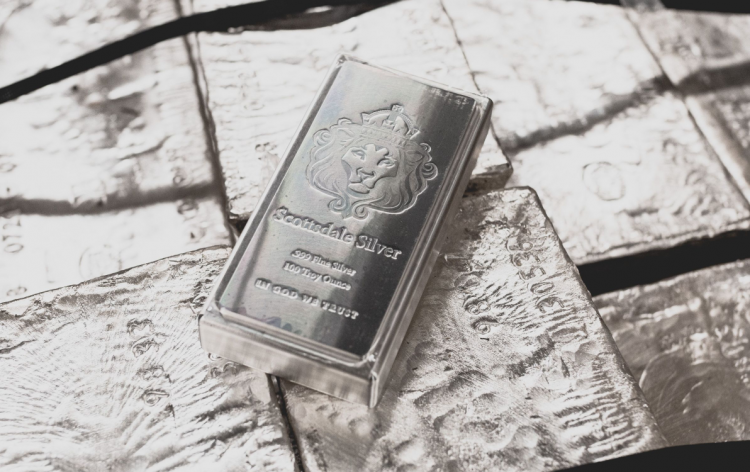Silver Commodity Market – Recent News and Useful Details

Silver is a highly valuable and versatile commodity that has been used for thousands of years for various purposes, including currency, jewellery, and industrial applications. It is a popular investment option, and its demand is ever-increasing due to its scarcity and various industrial applications. Silver is traded on various exchanges globally, and its price is influenced by several factors, including economic conditions, supply and demand, and geopolitical events.
Silver has a mostly positive reputation among traders as it is considered as a highly liquid and safe asset for trading. So it is massively traded on the commodity market. Its value is often compared to that of gold, and its price is closely watched by investors and traders alike.
In this article, we will explore how the silver price is currently changing. We will also discuss the factors that affect silver prices and their reputation among commodity traders.
More Details About Silver Commodity Market
The silver commodity market is one of the most active markets globally, with a daily trading volume of approximately $5 billion. It is mostly due to its importance for many industries such as electronics, medical equipment, jewellery and others. It is also considered a safe-haven asset, which makes it a popular investment option for traders during times of economic uncertainty.
The silver market is influenced by several factors, including supply and demand, global economic conditions, geopolitical events, and investor sentiment. The demand for silver is mainly driven by industrial use, with approximately 50% of silver used for industrial purposes. The remaining 50% is used for investment purposes, including bullion coins, bars, and exchange-traded funds (ETFs).
The silver market has experienced several fluctuations in prices in recent years, with the price of silver ranging from around $14 per ounce in 2015 to a high of over $30 per ounce in early 2021. The COVID-19 pandemic also had a significant impact on the silver market, with prices initially dropping due to the economic slowdown but later recovering as investors sought safe-haven assets.
Silver is featured with the high volatility that can be a risk as well as a profitable opportunity for traders. The market is also highly liquid, with silver traded on several exchanges globally, including the COMEX in the United States, the Shanghai Futures Exchange in China, and the Tokyo Commodity Exchange in Japan.
Traders choose silver for several reasons, including its potential for high returns, diversification benefits, and its use as a hedge against inflation and economic uncertainty. Silver is also often compared to gold, and its price is influenced by many of the same factors that affect the gold market.
Silver is mostly traded against the US dollar (USD), and the XAG/USD currency pair is one of the most active on the silver commodity market. The XAG/USD pair is traded on several exchanges globally, with the COMEX being the most active. Trading silver against EUR or GBP is also very common.
In conclusion, the silver commodity market is a highly active and volatile market that offers several opportunities for traders. The market is mainly driven by industrial demand, but its use as a safe-haven asset also contributes to its demand. Traders choose silver for its potential for high returns, diversification benefits, and use as a hedge against economic uncertainty. The XAG/USD currency pair is one of the most active on the silver market, and silver is traded on several exchanges globally.
Recent News from Silver Commodity Market
During Thursday’s Asian session, the Silver price (XAG/USD) experienced minor losses, falling to $23.30. This slide is a result of the metal justifying the previous day’s Doji candlestick and overbought conditions of the RSI (14) line. Consequently, the bullish bias has been pushed below a downward-sloping resistance line since early January 2023, giving XAG/USD sellers hope. Moreover, the receding strength of the MACD’s bullish bias further supports the bearish trend.
Despite this, the immediate downside of the Silver price is being restrained by the 10-DMA support of $23.00. However, if this support is broken, it could cause a quick decline towards the 61.8% Fibonacci retracement level of its February-March decline, approximately $22.80. The 50% and 38.2% Fibonacci retracement levels, at about $22.25 and $21.70 respectively, could further challenge Silver sellers before pushing them towards the early March high of $21.30.
In contrast, for Silver buyers to regain control, they need to close above the three-month descending resistance line at $23.50, which appears to be a challenging task given multiple resistances near $24.00. However, if the XAG/USD buyers can overcome these hurdles, they may reach the yearly high of $24.65.
Overall, while a pullback is likely for the Silver price, the downside seems limited.


























Comments (0 comment(s))